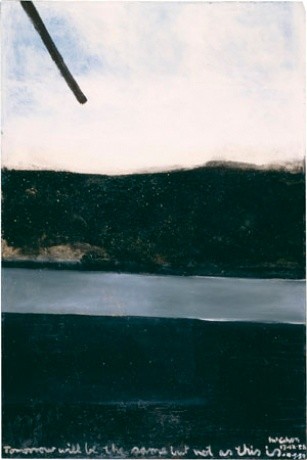Colin McCahon - He ōrite āpopo ahakoa tōna rerekē i tēnei
Colin McCahon - He ōrite āpopo ahakoa tōna rerekē i tēnei
Na te reo o Te Mihinga Komene Colin McCahon He ōrite āpopo ahakoa tōna rerekē i tēnei (1958-9).
Related reading: Colin McCahon, McCahon and van der Velden
Notes
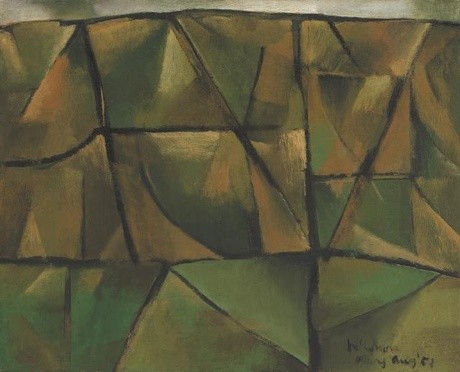
Canterbury Landscape by Colin McCahon
In 2014 we purchased an important landscape work by Colin McCahon. Curator Peter Vangioni speaks about this new addition to Christchurch Art Gallery’s collection.
Notes
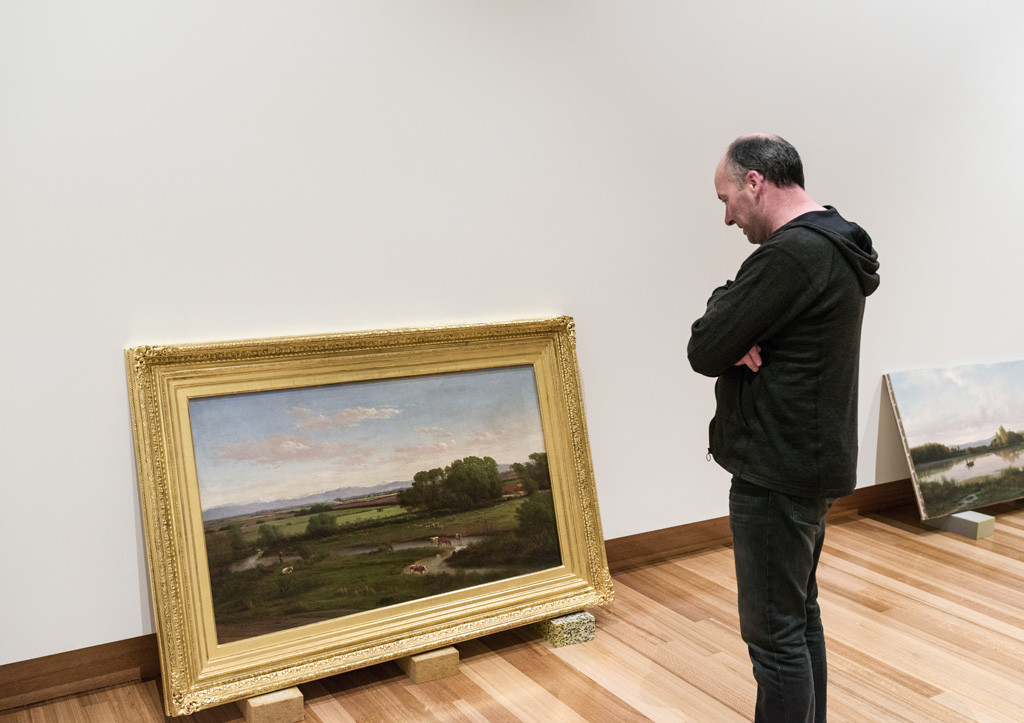
‘Where the picture stops and the world begins’
The way a work of art is framed affects our perception of the piece. A bad frame can detract and distract, a good frame enhances and even extends a work. While the Gallery has been closed we have updated frames for a number of works in the collection.
Notes
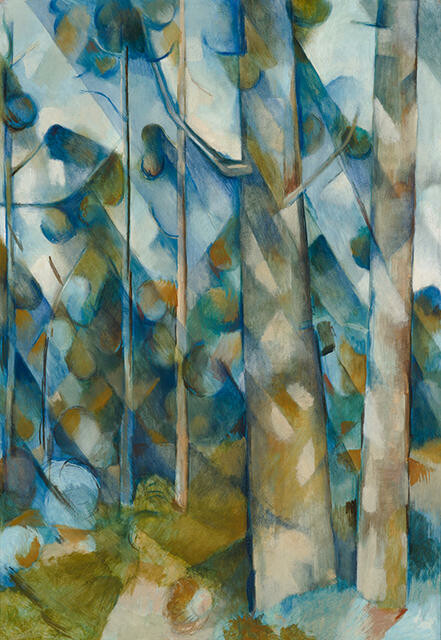
Kauri tree landscape by Colin McCahon
This article first appeared as 'Mighty kauris inspired McCahon' in The Press on 10 February 2015.
Notes
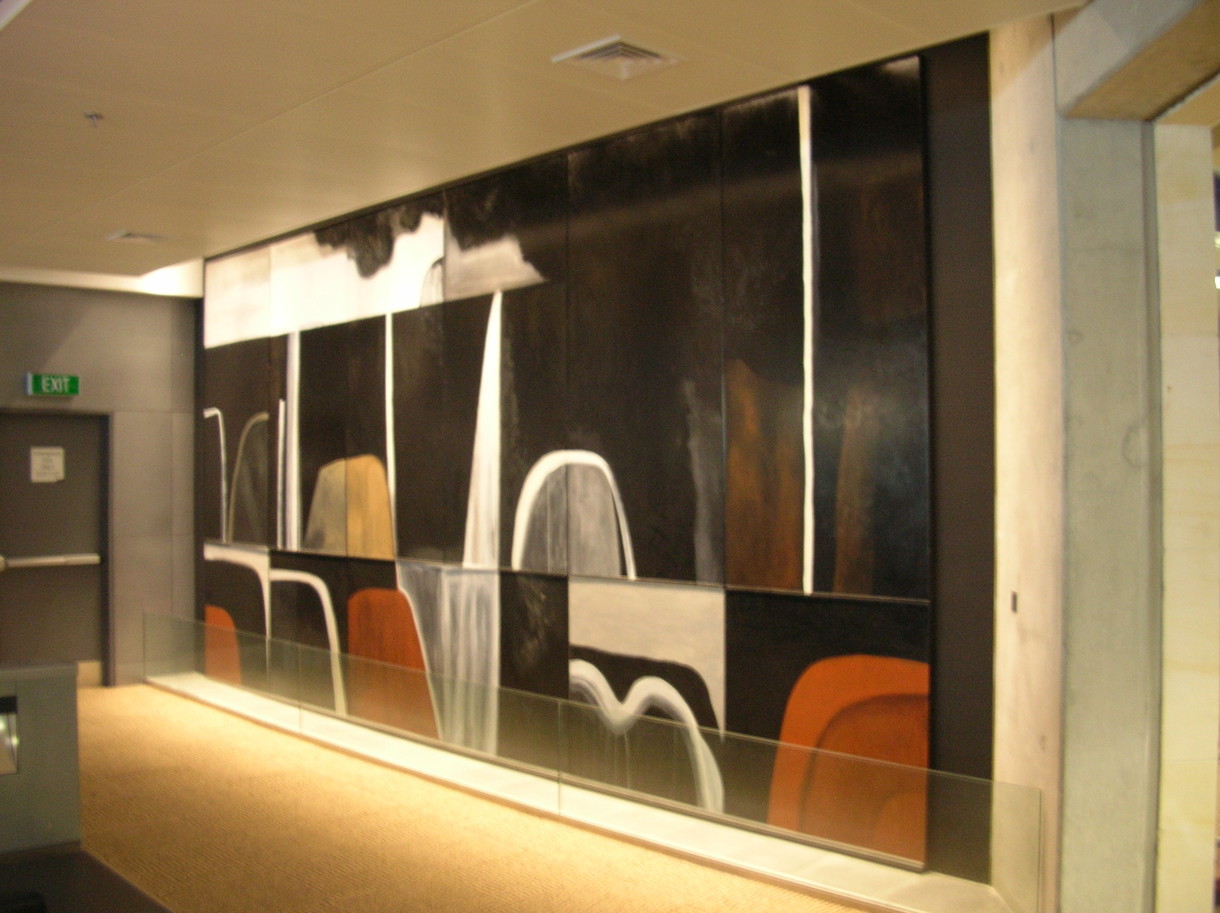
as there is a constant flow of light
On a recent printer's residency at the Otago University's Otakou Press Colin McCahon's huge mural painting Waterfall Theme and variations dominated proceedings.
Notes
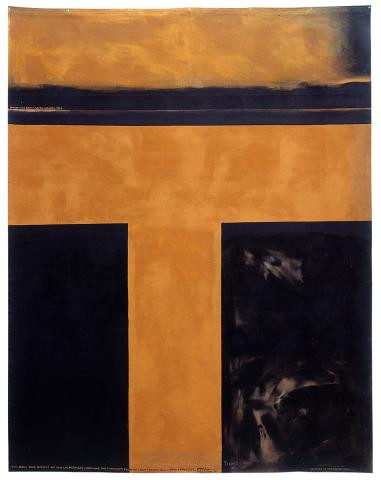
Light Passing Into a dark landscape
Today is the centennial of the death of one of New Zealand's most treasured artists, Petrus van der Velden.
Notes
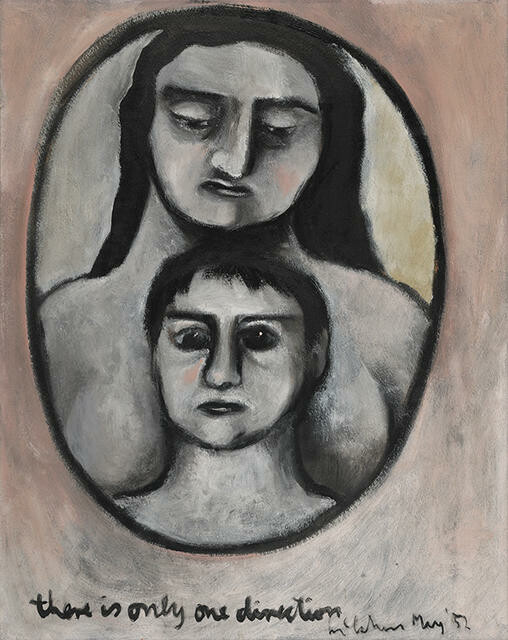
There is only one direction by Colin McCahon
This article appeared as 'Divine Innovation' in the The Press on 31 August 2012.
Notes
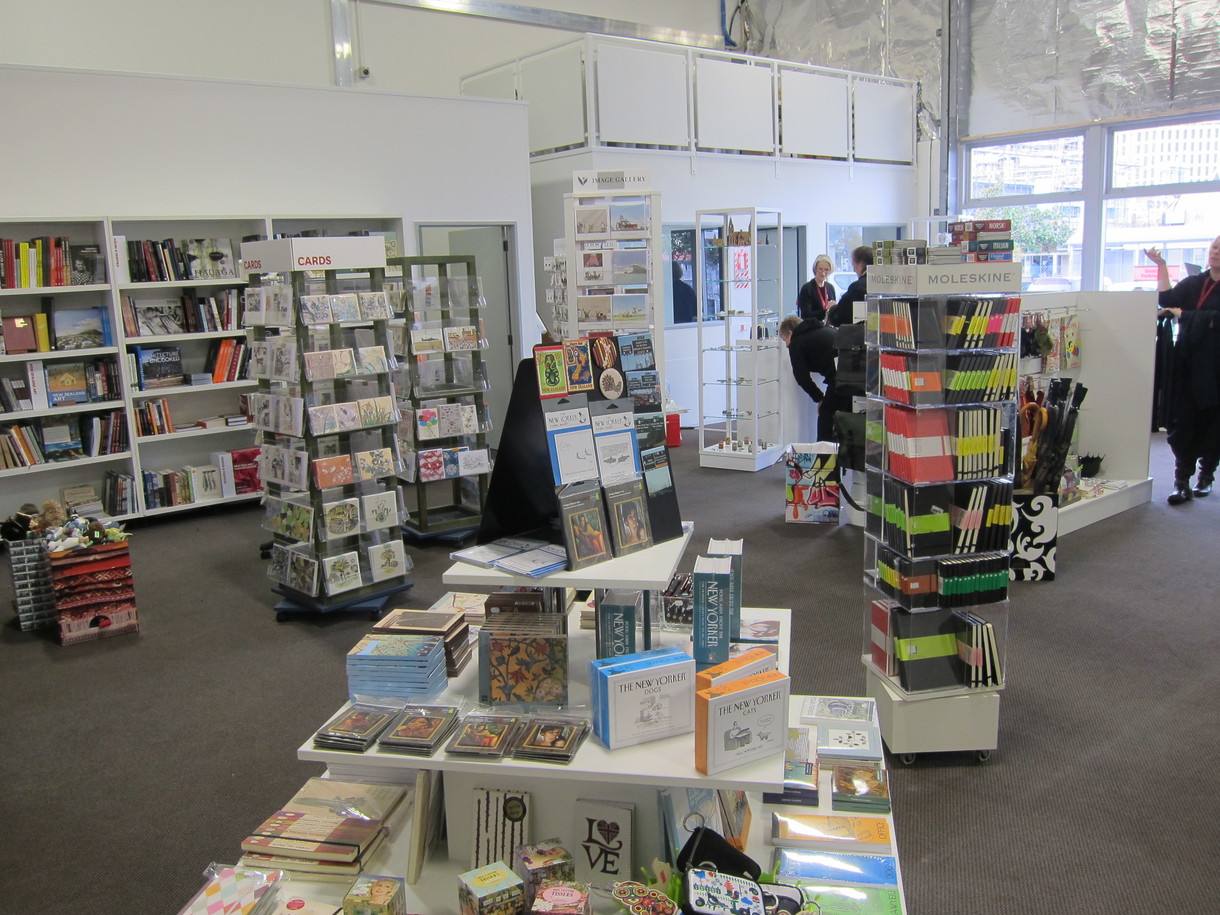
As there is a constant flow of light we are born into the pure land
After many, many months in the 'Darkness' of the empty gallery, I can think of no better words than those of Colin McCahon to signify the opening of the new gallery shop at 40 Lichfield Street.
Drop in Mon-Fri 10am-5pm, 10am-4pm Weekends
See you all soon!
Notes
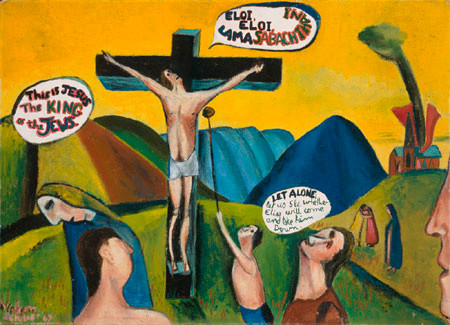
O'Reilly/McCahon: an Easter meditation
An Easter-themed excerpt from an article published in 2010 in The Journal of New Zealand Art History...
Notes
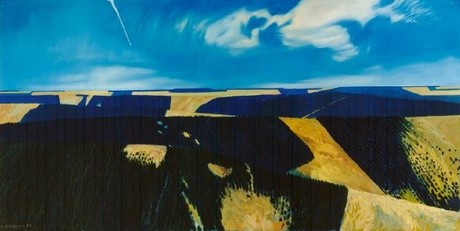
Sutton high-fives McCahon
Nothing made it into a W.A. Sutton painting by accident, and the white line that rises diagonally through the sky in Plantation Series II is no exception.
